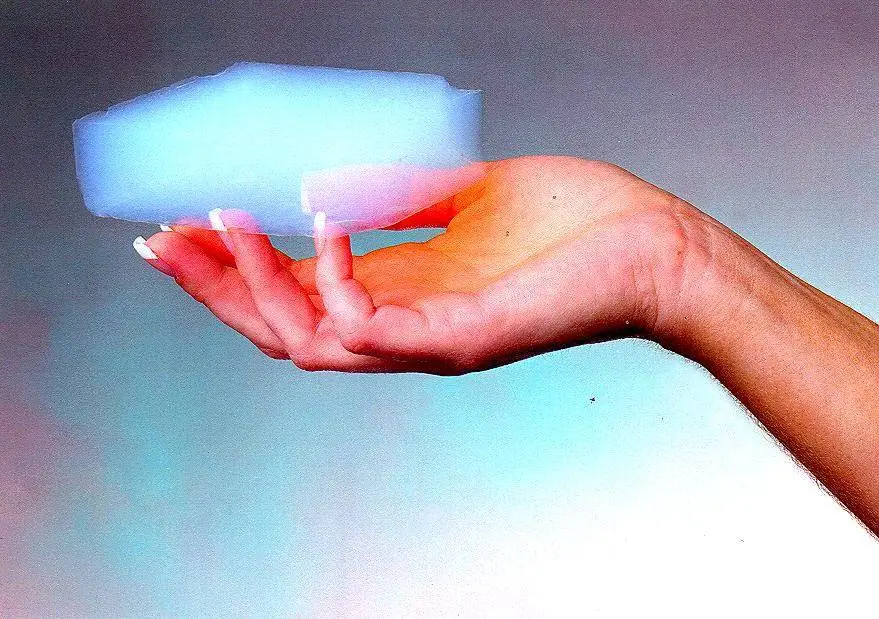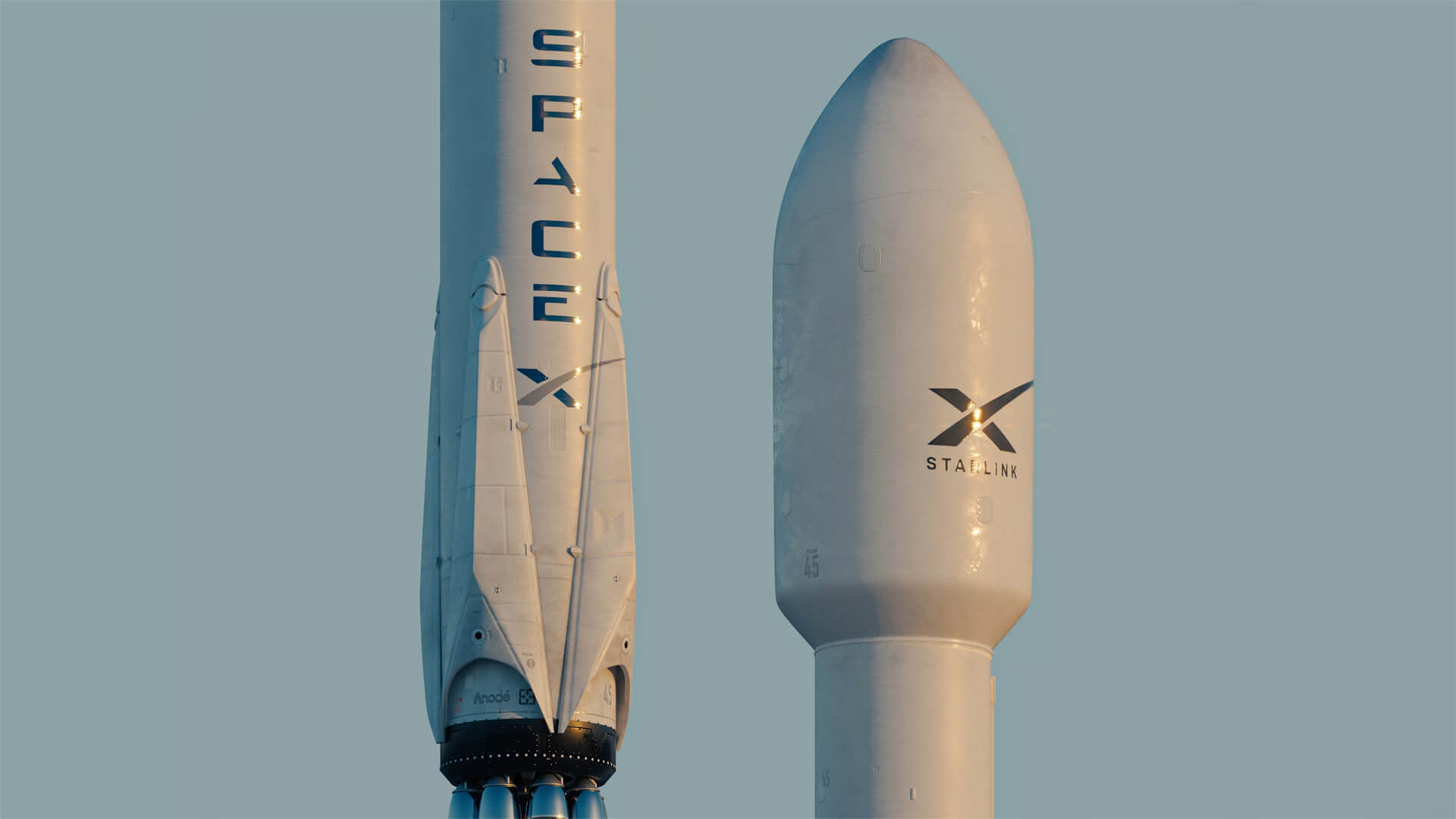Have you ever come across something so light they call it "frozen smoke," yet it is rugged enough to tackle the insane challenges of space? Meet aerogel—the world’s lightest solid. Aerogel has been a total game-changer for NASA’s wildest missions, like keeping Mars rovers from freezing up or grabbing space dust that is flying by super fast. Let us dig into how this extraordinarily lightweight material is doing cool stuff, both out in space and right here on Earth.
What Makes Aerogel So Special?
Picture something that is all air—99.8% of it, so light it is like holding a cloud, but do not let that fool you, it is awesome at keeping things warm or cool. Aerogel is just almost as light as air and has this wild ability to block heat, down to 0.003 W·m⁻¹·K⁻¹, if you are into the geeky details, that makes it a perfect fit for space’s brutal temperature swings. NASA leans on silica aerogel to wrap Mars rovers like Curiosity in what is an ultralight, ultra-warm hug, holding up against nights that plunge to -125°C, and get this: during the Stardust mission, aerogel acted like a cosmic catcher’s mitt, grabbing comet bits flying six times faster than a bullet without breaking a sweat—or them.

Looking Out for Space Travelers
Aerogel is not just for gear—it has got astronauts’ backs too. Think about stepping onto the Moon or Mars in a suit lined with this material, bendy yet tough enough to shield you from wild hot-to-cold shifts. It is like wearing your own portable thermostat, keeping you comfortable on a spacewalk. And here is where it gets wild: researchers have figured out that applying a thin aerogel layer over Mars’ icy dirt can increase the heat by 50°C, melting ice into water for growing stuff. That is the kind of trick that could turn a dusty red rock into a place we might call home someday.
Down-to-Earth Perks
Aerogel is not just a space oddity; it is shaking things up here too. Firefighters suit up with it to face roaring flames without roasting, and smart builders use it to cut energy costs by half compared to old-school insulation. You will spot it in extreme-weather jackets for Antarctic treks or even windows that keep your house snug. NASA is still dreaming big, though, tinkering with ways to use it for blocking space radiation or crafting lightweight moon bases. Pretty impressive for something you could practically blow away with just a sneeze.



